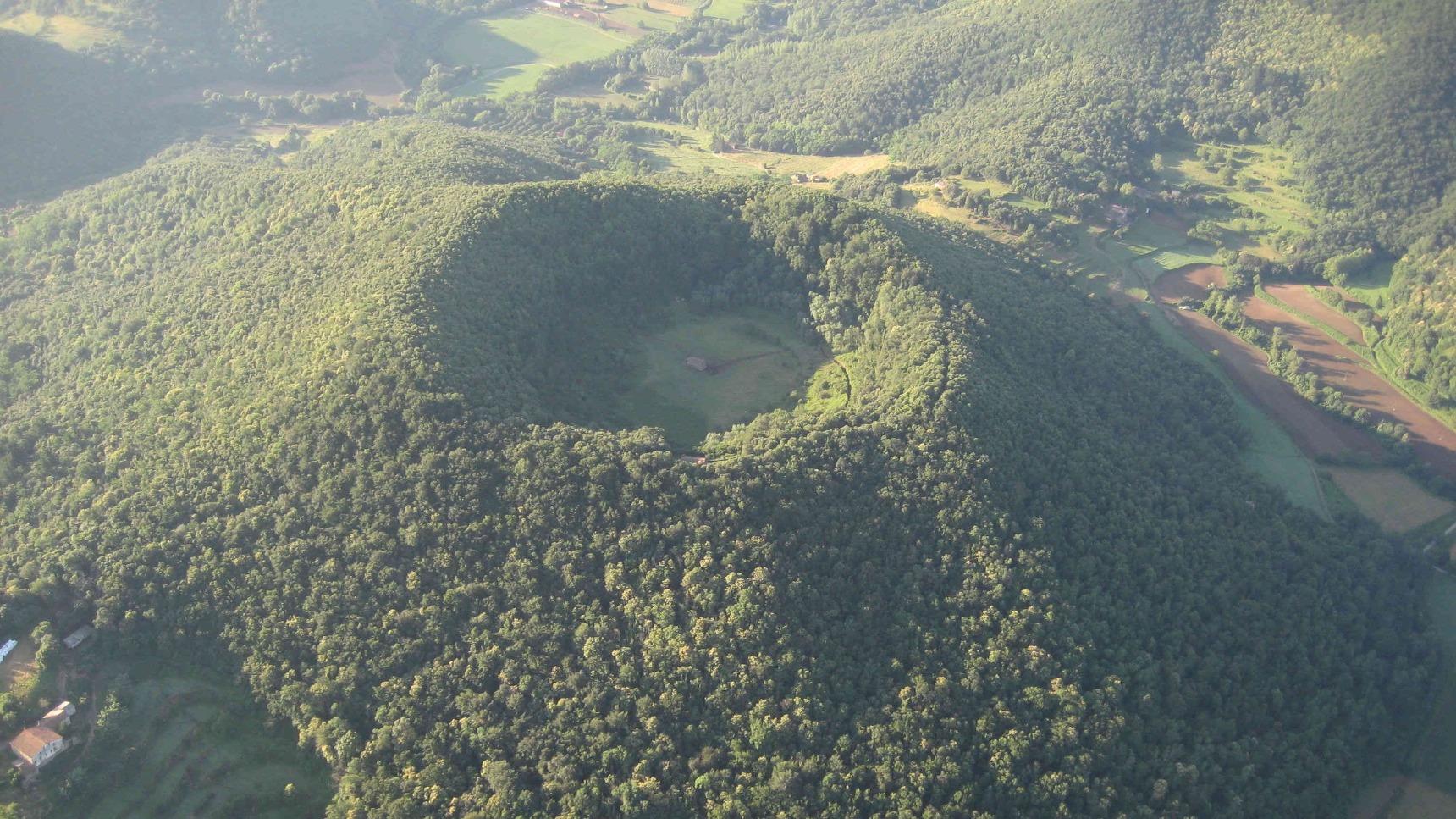Socio-ecological impact of monogenetic volcanism in the La Garrotxa Volcanic Field
A recent interdisciplinary study has shown that monogenetic volcanism in the La Garrotxa Volcanic Field can cause major socio-ecological impacts.
Introduction
The La Garrotxa Volcanic Field (GVF) is the youngest volcanic area of the Iberian Peninsula, with intense monogenetic volcanic activity occurring in the past. Monogenetic volcanism is often considered to have limited impact, but a recent interdisciplinary study has shown that it can cause major socio-ecological impacts.

Study findings
The study analyzed a sedimentary sequence from the GVF and identified previously unknown volcanic eruptions in the time interval 14–8.4 ka cal BP. The researchers were able to constrain the volcanic stratigraphy and age of these eruptions and reconstruct the major palaeoenvironmental changes caused by them. These changes included fire episodes and subsequent disturbance on vegetation, hydrology, and limnological conditions.
When put in context with the archaeological record, it appears that the last hunter–gatherer communities were resilient at an extra-local scale, facing episodes of vulnerability due to volcanic activity. Their flexible nomadic patterns and foraging economies were an efficient source of risk management against the volcanic eruptions and their ecological impacts.